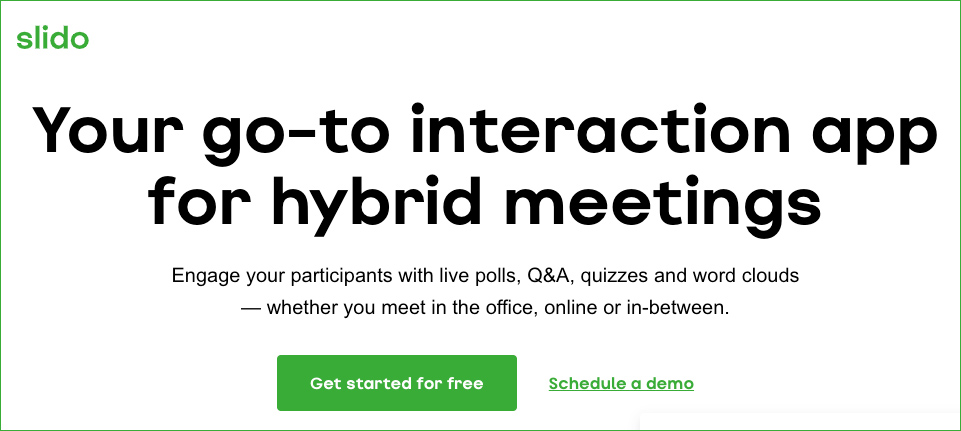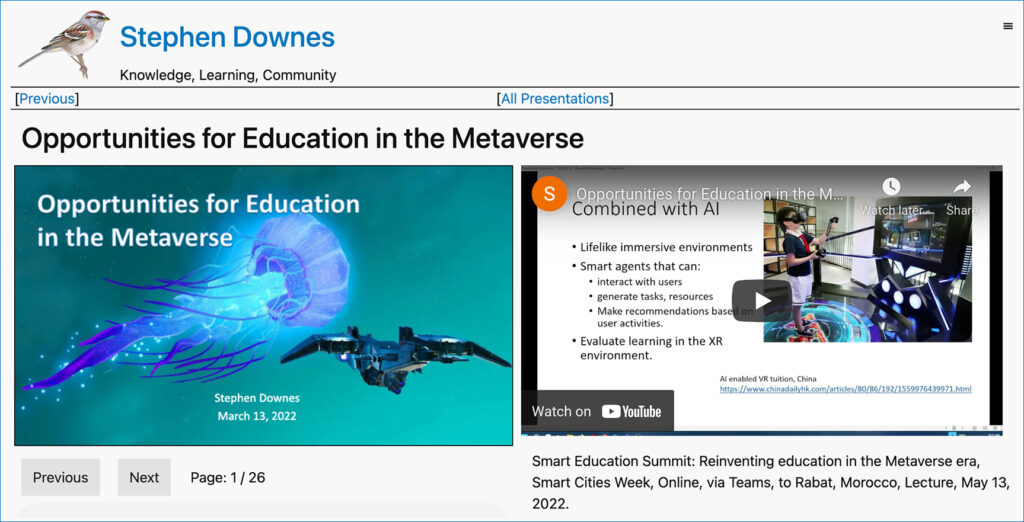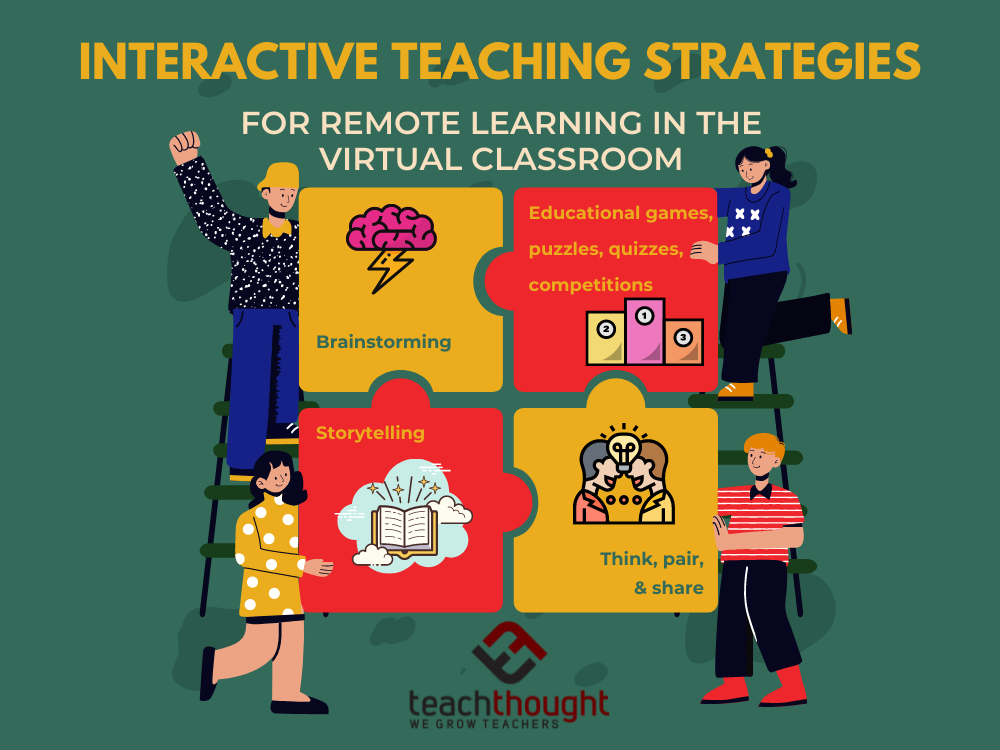The future of video entertainment: Immersive, gamified, and diverse — from mckinsey.com
“There’ll be a blurring of the lines between things we watch and things we play”
Short and Sweet: The Educational Benefits of Microlectures and Active Learning — from er.educause.edu by Hua Zheng; with thanks to the Learning Now TV Newsletter – April 2022
The combination of short videos and the techniques of active learning can create rich, engaging educational experiences to maximize learning.
Excerpt:
The goal of interspersing a microlecture with active learning approaches is to improve student engagement and learning performance when participating in online, hybrid, or face-to-face instruction. Empirical studies have shown that active learning approaches, such as combining pause points with interactive quizzes, tasks requiring written responses, or note taking, can improve student performance.
 Quality Matters > Higher Education News > December 2021
Quality Matters > Higher Education News > December 2021
Throughout the year, we — along with members of our amazing community — share resources to help all of us deliver on our online promise. Here are some of the most popular items from 2021 for you to use and share:
- QM Bridge to Quality Course Design Guide — printable PDF version
- Accessibility and Usability Resource Site
- QM Self-Review Tool
- Video: Redesigning Assessments for Interaction & Engagement
- QM-Hosted Research Webinar Recordings
- QM Success Stories (members only), including “Walking in Someone Else’s Shoes: The True Impact of Digital Accessibility“
- Dr. Steven Crawford’s series on multimedia use in online learning — start with “Designing Multimedia Presentations for Your Course”
ELC 070: Conversation Design for the Voice User Interface — from theelearningcoach.com (ELC) by Connie Malamed
A Conversation with Myra Roldan
Excerpt (emphasis DSC):
Do you wonder what learning experience designers will be doing in the future? I think one area where we will need to upskill is in conversation design. Think of the possibilities that chatbots and voice interfaces will provide for accessing information for learning and for support in the flow of work. In this episode, I speak with Myra Roldan about conversation design for the voice user interface (VUI). We discuss what makes an effective conversation and the technologies for getting started with voice user interface design.












